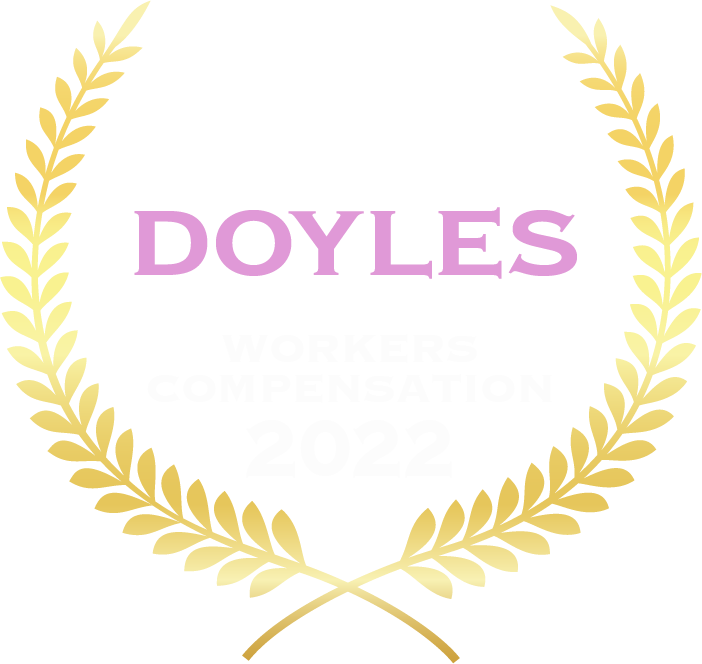Employers have a non-delegable duty to take reasonable care to avoid the foreseeable risk of physical or psychological injuries to their employees. This duty extends to ensuring that their employees act in a safe and reasonable manner.
What is Vicarious Liability?
in summary, vicarious liability refers to the way the law transfers liability onto employers for the negligent acts or omissions of their employees acting “in the course of employment”.
What does “in the course of employment” mean?
This means that the negligent actions must have a sufficiently close connection or nexus with the work for which the employee was required to perform.
An example of this is if you were a builder and a ladder fell onto your head, which had been inadvertently left unsecured by another employee. In these circumstances, the placement of the ladder by the employee can fall within the scope of their employment.
What are the principles of Vicarious Liability?
Criminal actions of employees
Depending on the circumstances, employers can also be found variously liable for their employee’s criminal actions. The evolution of common law principles has provided clarity as to how Courts view these circumstances.
In the 1999 case of Bazley v Curry, the Supreme Court of Canada decided that there was a sufficient connection between the employer’s creation or enhancement of a risk and the employee’s criminal act.
Similarly, the High Court in Prince Alfred College Incorporated v ADC[2016] HCA 37, espoused the “relevant approach” test –an employee’s criminal action does not absolve the employer of vicarious liability. This case held that one must look at the employee’s role and the nature of their responsibilities when determining whether the job gave the occasion for wrongful conduct.
In contrast, the 2017 case of Osmond v Highway Traffic Control Pty provides authority that while the employment gave opportunity for sexual conduct, it was otherwise unconnected with the employee’s tasks and obligations. Accordingly, the employer was not vicariously liable.
What is necessary to prove negligence?
-
The Defendant(s) owed a duty of care to act reasonably;
-
The Defendant(s) breached their duty by either acting negligently or failing to meet the expected standard of care that a reasonable person would have shown in the same situation;
-
This breach of duty caused harm directly or indirectly; and
-
The Plaintiff has incurred losses as a result and deserve compensation.
When is vicarious liability considered in compensation claims?
In order to receive common law damages, one of the requirements is to establish that your employer was negligent. Vicarious liability can be one of the ways in proving that your employer was negligent.
If you have sustained a workplace accident due to another colleague’s actions, please contact our workers compensation lawyers in Melbourne on 1800 853 085. We pride ourselves on investigating and understanding your injuries in order to maximise your entitlements.











